This is an image of Uranus.
Click on image for full size
Courtesy of NASA
The Environment of Uranus
Uranus' has strong gravity and extremely cold temperatures (-270 degrees F to -380 degrees F). There is also energy from lightning and ultraviolet light.
Uranus is made of methane, ethane and other sophisticated gases. These materials, combined with the energy from lightning, ultraviolet light, and charged particles, constitute the essential elements of conditions under which scientists believe life began. But life on Earth grew and changed, and now these conditions are no longer suitable for life as we know it.
This environment sounds very unfriendly to life as we know it on earth.
You might also be interested in:

The Earth had large oceans very early in its history. During this time the Earth should have been frozen because the sun was weak at that time. Because there was a large and vigorous ocean, the Earth must
...more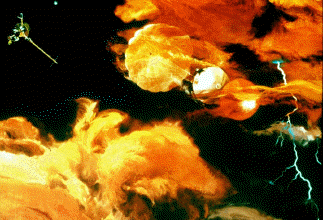
Jupiter's atmospheric environment is one of strong gravity, high pressure, strong winds, from 225 miles per hour to 1000 miles per hour, and cold temperatures of -270 degrees to +32 degrees (freezing temperature).
...more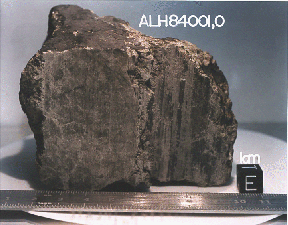
In July, 1996, it was announced that Dr. David McKay, along with a team of scientists at Johnson Space Center (a division of NASA), had discovered possible fossils of bacteria in a meteorite named ALH84
...more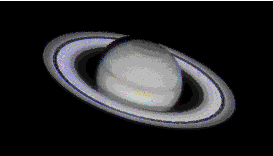
Saturn's atmospheric environment is one of strong gravity, high pressure, strong winds, from 225 miles per hour to 1000 miles per hour, and cold temperatures of -270 degrees to +80 degrees. With winds
...more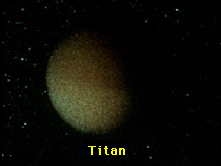
Titan's atmosphere is a lot like the Earth's, except that it is very cold, from -330 degrees to -290 degrees! Like the Earth, there is a lot of Nitrogen and other complex molecules. There also may be an
...more
Autotrophs are organisms that can "make their own food" from an inorganic source of carbon (carbon dioxide) given a source of energy. Most autotrophs use sunlight in the process of photosynthesis to make
...more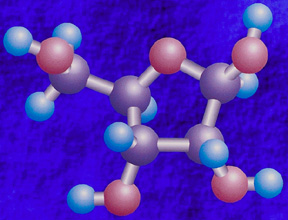
In the warm primordial ocean, aggregates of amino acids, proteins, and other hydrocarbons came together into a form called *coacervates*. Amino acids will spontaneously form coacervates in the same way
...more















